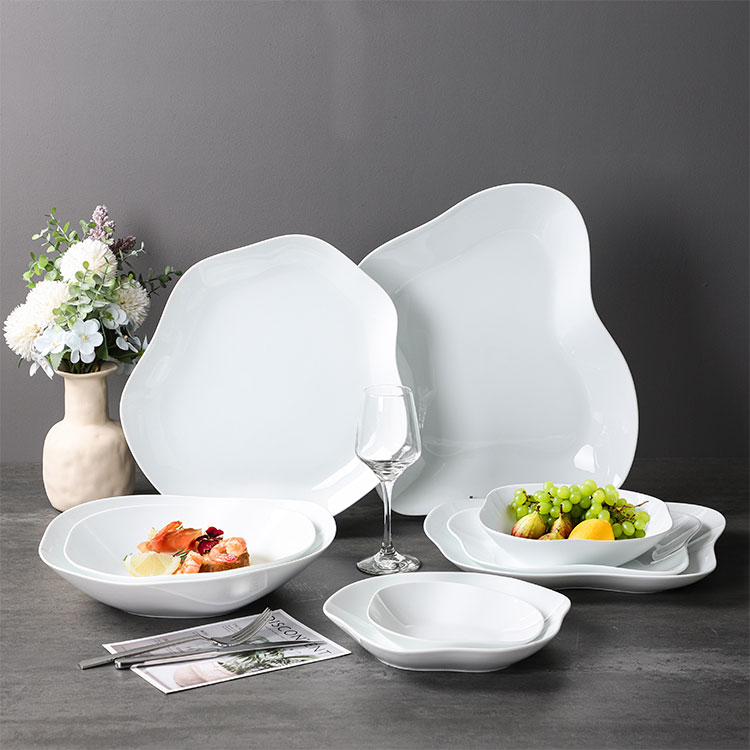
In the fast-paced world of the ceramic dinnerware industry, it is essential to have a comprehensive understanding of the differences between porcelain and ceramic plates. These two materials are commonly used and often confused, which can lead to misleading purchasing decisions. To make informed choices and ensure customer satisfaction, it’s crucial to grasp the dissimilarities.
By delving into the diverse characteristics of porcelain and ceramic plates, we can better appreciate their unique qualities and determine which option best suits our needs. So, let’s dive deeper into the characteristics of porcelain and ceramic plates to unravel these distinctions and explore the implications they hold for our tableware choices.
Porcelain vs. Ceramic Plates: Understand the Differences
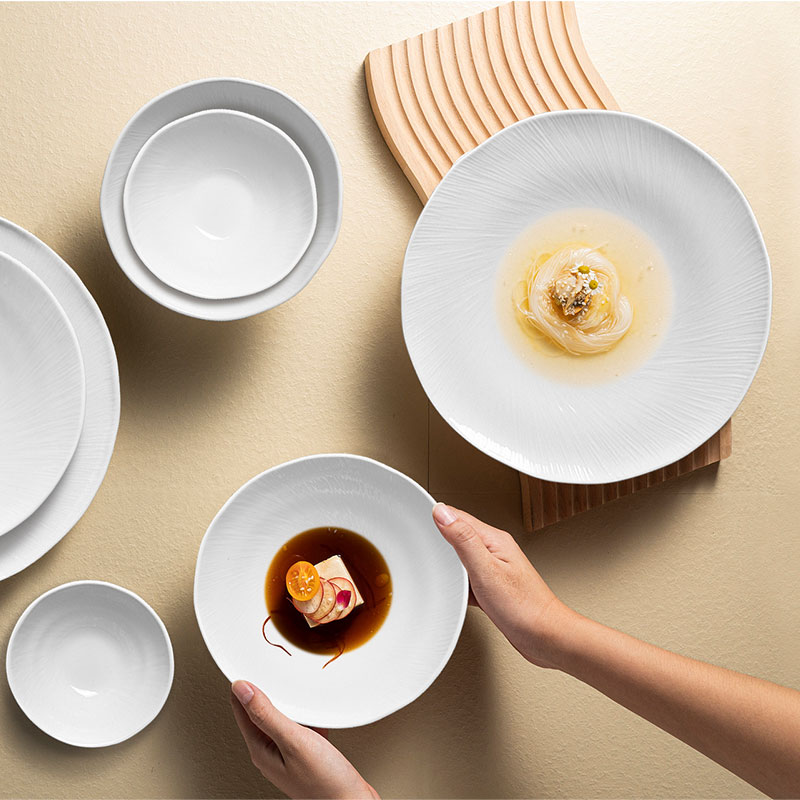
Porcelain Plates: Porcelain vs. Bone China
Porcelain plates are crafted from a mixture of white clay and various minerals. This combination is then fired at high temperatures, resulting in a dense and non-porous material. Porcelain plates are highly valued for their delicate beauty, superior quality, and longevity. They are often considered a luxurious and sophisticated choice for tableware.
One subtype of porcelain is bone china. Bone china incorporates bone ash into the clay mixture, giving it a delicate translucency and added strength. The addition of bone ash also enhances its ability to withstand breakage and chipping. Bone china dinnerware, in particular, is known for its exceptional translucency and exquisite detail.
Ceramic Plates: Earthenware vs. Stoneware vs. Fine China
Earthenware, Stoneware, and Fine China Ceramic plates encompass a broader category with different subtypes, including earthenware, stoneware, and fine china.
- Earthenware Plates: Earthenware plates are made from clay with a lower firing temperature. This results in a rustic and often decorative look. Earthenware is generally more porous and less durable than other ceramic types. It is ideal for occasional or decorative use rather than heavy daily use.
- Stoneware Plates: Stoneware plates are fired at higher temperatures, which makes them denser and more durable than earthenware. They are less porous and more suitable for everyday use. Stoneware plates offer a balance between durability and aesthetics, often featuring a wide variety of stylish designs and glazes.
- Fine China Plates: Fine china, also known as porcelain china or simply china, is a delicate and refined type of ceramic plate. It is fired at high temperatures, similar to porcelain, but often with additional materials to achieve the desired translucency and smoothness. Fine china plates are highly sought after for their sophisticated appearance and are typically reserved for special occasions. Due to their delicate nature, they require extra care and are not as suitable for everyday use.
Understanding the distinctions in composition and subtypes between porcelain and ceramic plates allows us to appreciate the unique characteristics each type offers. Whether seeking strength and elegance in porcelain plates or versatility and aesthetics in ceramic plates, there is a perfect choice for every table setting and occasion.
Porcelain vs. Ceramic Plates: Durability
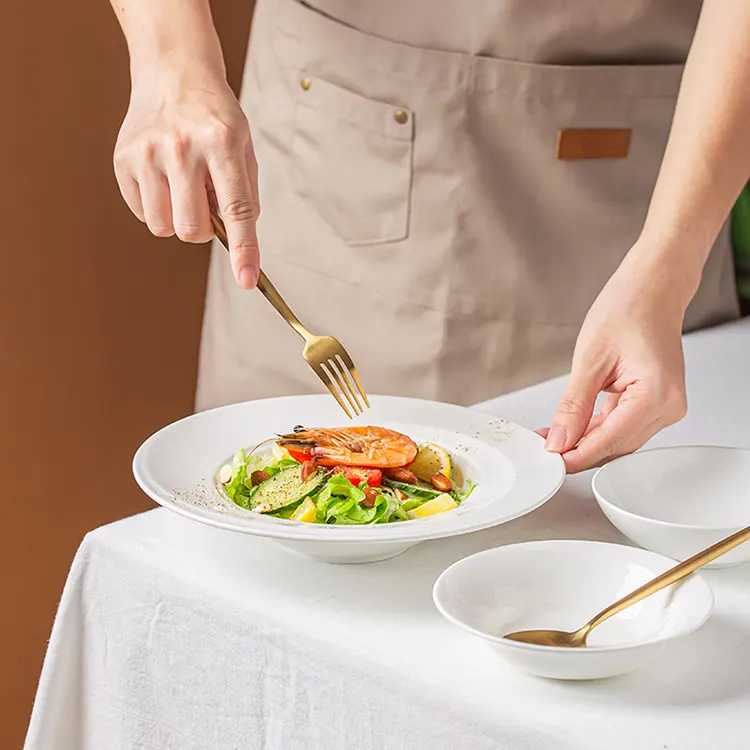
Porcelain Plates
- Fired at high temperatures: Porcelain plates undergo a high-temperature firing process, resulting in their exceptional durability.
- Non-porous nature and resistance to chipping: The dense composition of porcelain plates make them non-porous, preventing liquids from being absorbed. Additionally, they exhibit a higher resistance to chipping compared to other types of ceramic plates.
- Long-lasting and suitable for everyday use: Due to their high durability, porcelain plates are ideal for everyday use as they can withstand frequent handling and washing without easily wearing or fading.
Ceramic Plates
Varying levels of durability depending on the type: Ceramic plates have varying levels of durability based on their specific type.
- Earthenware: Earthenware plates, fired at lower temperatures, tend to be less durable. They are better suited for decorative purposes or occasional use.
- Stoneware: Stoneware plates, fired at higher temperatures, offer greater durability compared to earthenware. They are designed for regular daily use and can withstand the rigors of everyday dining.
- Fine China: Fine china plates, while delicate in nature, possess a refined and elegant appearance. They require careful handling due to their exquisite quality and slight translucency.
Understanding the durability of porcelain and ceramic plates allows us to select the most appropriate option based on our needs. Porcelain plates excel in long-lasting durability, making them suitable for everyday use, while ceramic plates offer a range of durability levels depending on the specific type chosen.
Ceramic vs. Porcelain Plates: Weight
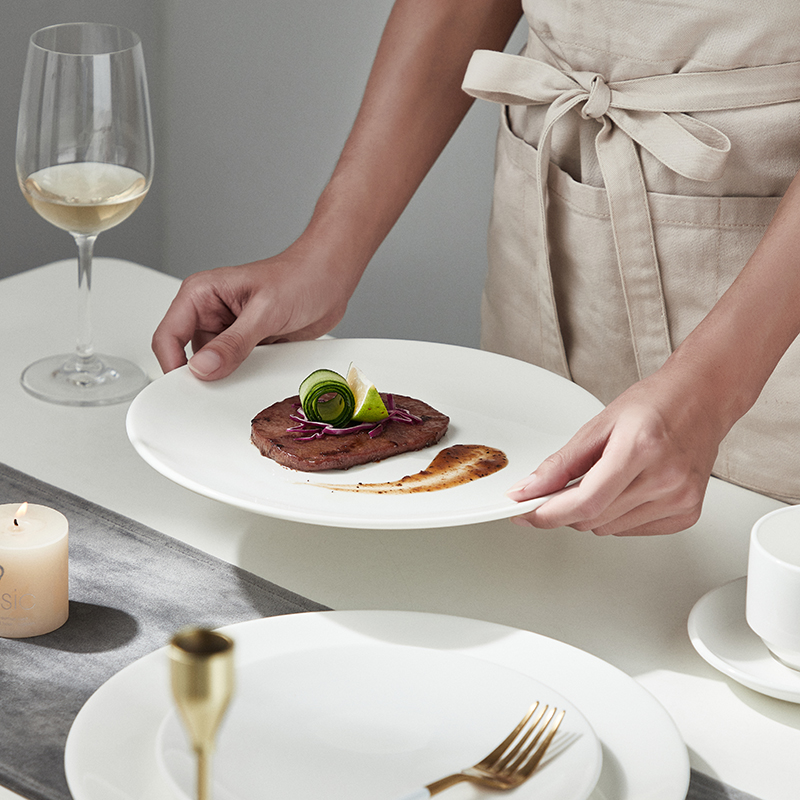
When selecting dinnerware, the weight of the plates can play a significant role in the overall dining experience. Let’s explore the weight differences between ceramic and porcelain plates.
Porcelain Plates
- Lightweight and delicate: Porcelain plates are known for their lightweight nature. They provide an elegant and delicate touch to the table setting.
- Easy to handle and stack: The lightness of porcelain plates makes them easy to handle and stack, allowing for convenient storage and serving.
Ceramic Plates
Slightly heavier due to different clay compositions: Ceramic plates, compared to porcelain, tend to be slightly heavier due to the variation in clay compositions used.
- Offers a sturdy and substantial feel: The slightly increased weight of ceramic plates gives them a solid and substantial feel while dining. This can provide a sense of durability and stability during use.
Considering the weight of the plates is subjective and depends on personal preference. Some individuals may prefer the lightness and delicacy of porcelain plates, while others may appreciate the sturdiness and heft of ceramic plates. Ultimately, the choice between the two comes down to the desired dining experience and individual preferences.
Which Plates Are Better: Porcelain or Ceramic
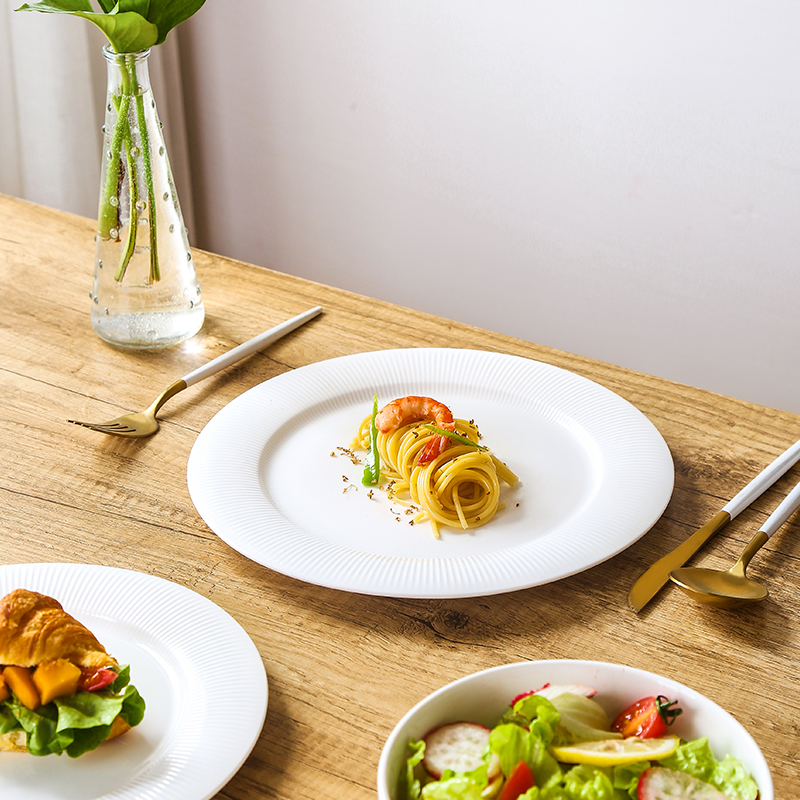
Determining whether porcelain or ceramic plates are better depends on various factors that are unique to individual preferences and requirements. Consider the following aspects when making a decision:
Factors to Consider
- Intended use and frequency of use: Consider if the plates will be used for everyday meals or special occasions. Porcelain plates, with their high durability, are well-suited for regular use, while ceramic plates offer versatility for different occasions.
- Personal preferences and aesthetic appeal: Decide on the desired style and appearance that aligns with your personal taste. Porcelain plates often provide an elegant and refined look, while ceramic plates offer a wider range of styles and decorative options.
- Budget considerations: Consider your budget and affordability. Ceramic plates, especially earthenware, tend to be more cost-effective compared to porcelain.
The Best Choice Depends on Your Needs
Porcelain plates may be preferable for their durability and elegant aesthetic. They are suitable for everyday use and can withstand frequent handling. Ceramic plates, with their variety of types and styles, offer flexibility and cater to different preferences. They can be chosen based on occasions, personal preferences, and budgetary constraints.
Ultimately, selecting between porcelain and ceramic plates depends on your specific needs and preferences. Consider the factors mentioned above to make an informed decision and choose the plates that best align with your requirements and style.
Conclusion
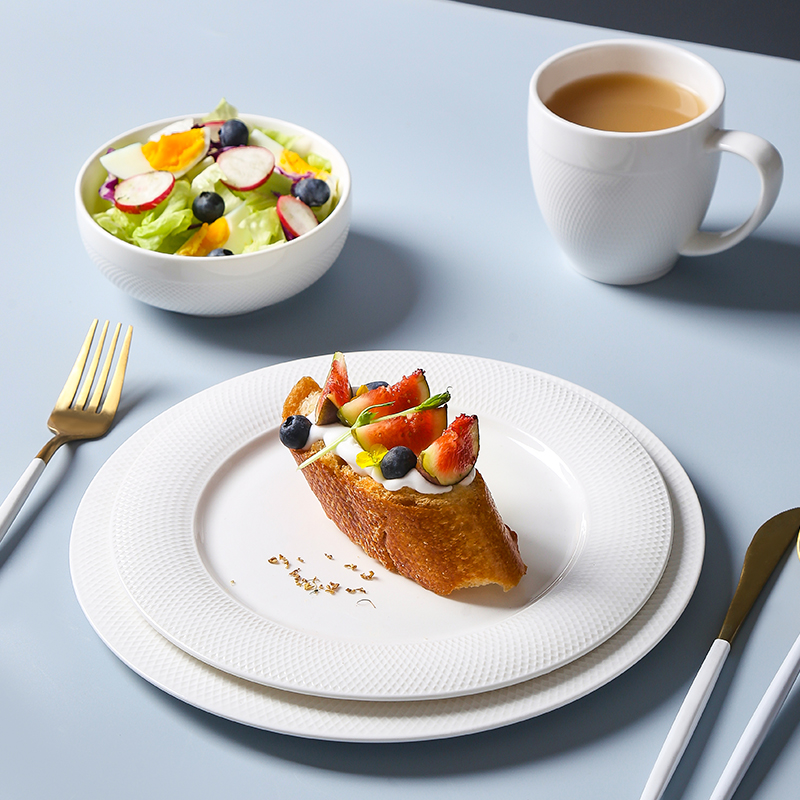
Understanding the distinctions between porcelain and ceramic plates is vital for making an informed choice when it comes to dinnerware. Knowing the varying composition, characteristics, durability, and aesthetic appeal of porcelain and ceramic plates allows individuals to select the most suitable option for their specific needs and preferences. By recognizing these differences, we can ensure that our dining experience is enhanced, and our table settings reflect our personal style.
We hope that this journey through the fascinating world of dinnerware has provided useful insights and empowered you to make informed decisions. By understanding the nuances of porcelain and ceramic plates, we can elevate our dining experiences and find joy in the art of table setting. Happy dining and may your chosen plates bring beauty and functionality to your meals for years to come.


